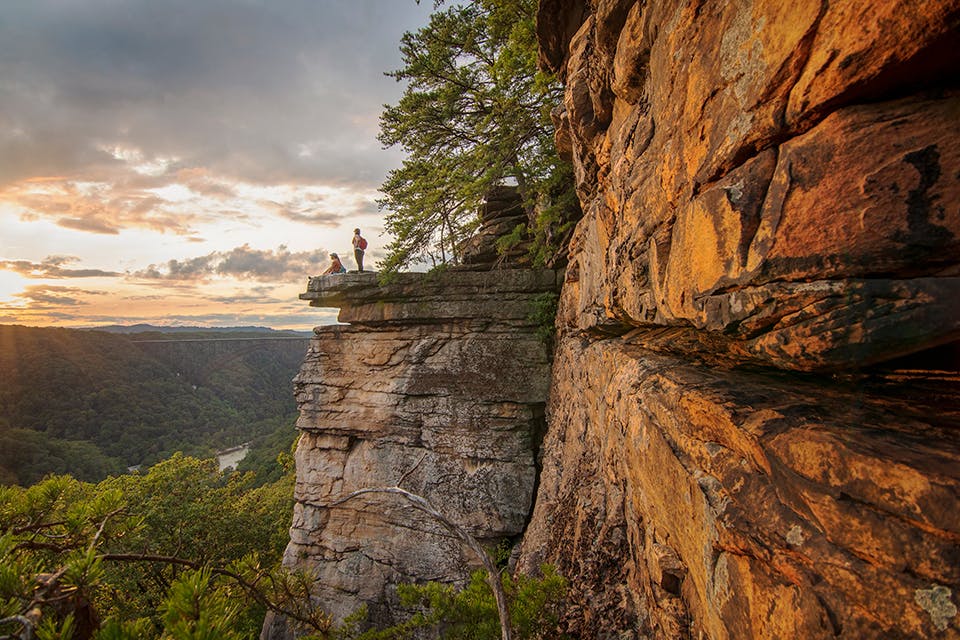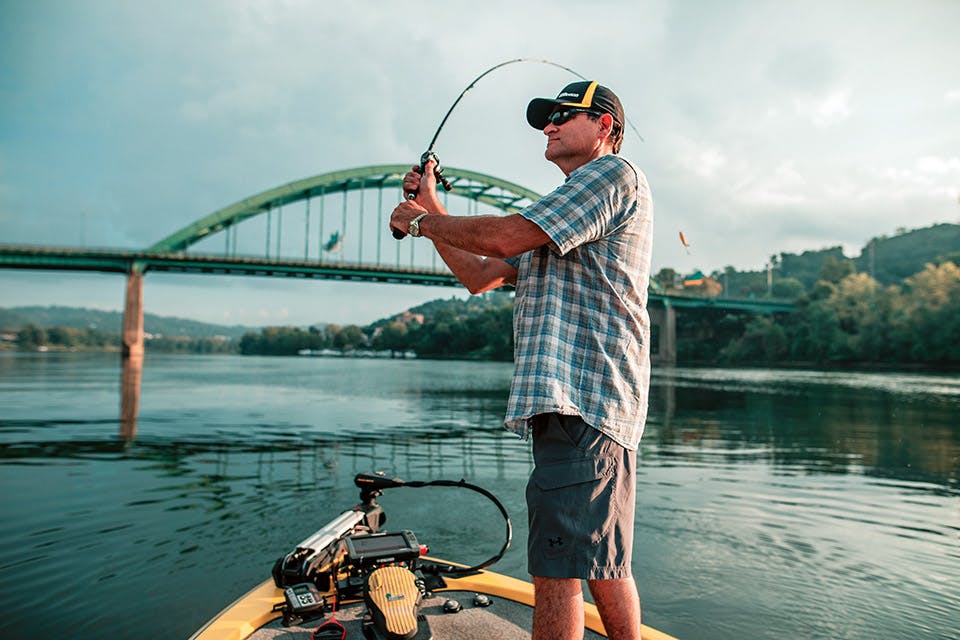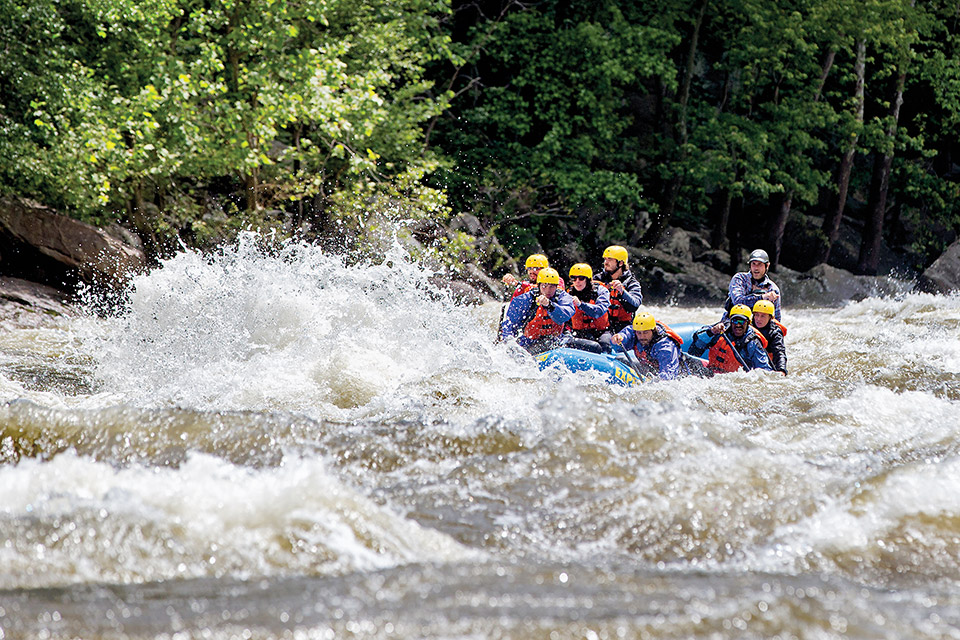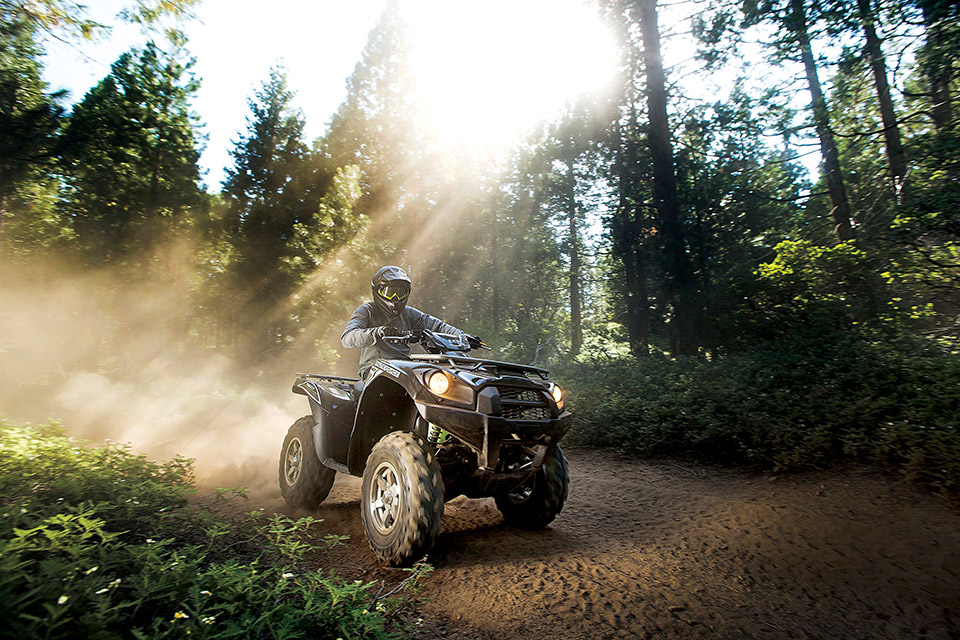Travel
| Long Weekends
3 Spring Outdoor Adventures in West Virginia
From rafting to fishing to off-roading, the Mountain State offers a wealth of outdoor adventures as spring takes hold.
Related Articles

6 West Virginia Mountain Towns to Visit this Summer
These communities serve as great bases for exploring the wealth of outdoor adventures, rich history and artistic heritage found in the Mountain State. READ MORE >>

Explore a Pittsburgh Tiki Bar
Writer Michael Pramik takes us along on a trip to Hidden Harbor and his conversation with co-owner Adam Henry. READ MORE >>

The Epiphany that Created Maggie’s Farm Rum
Tim Russell shares his audacious journey of defiance that helped him start what is now a fixture in Pittsburgh’s Strip District. READ MORE >>




